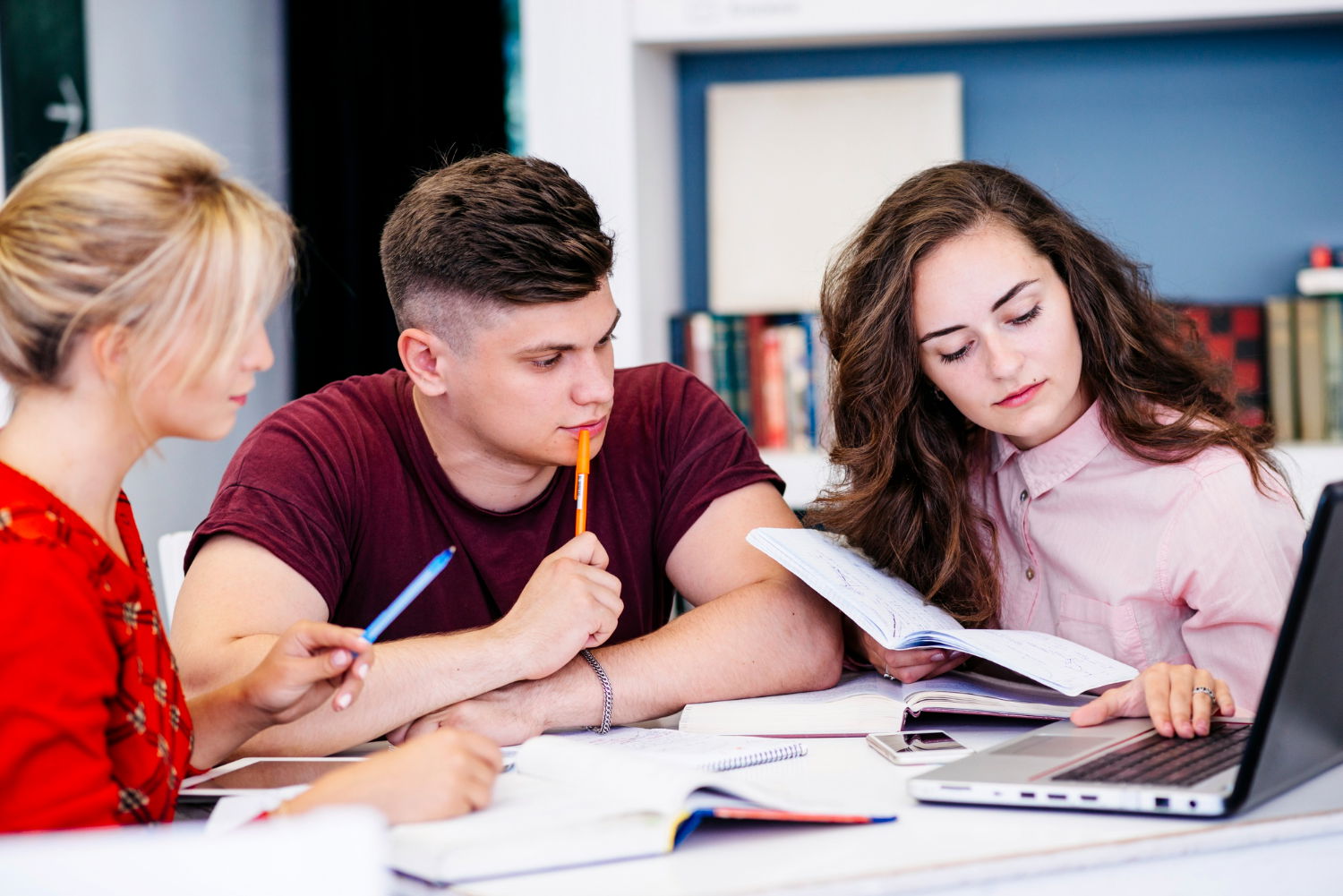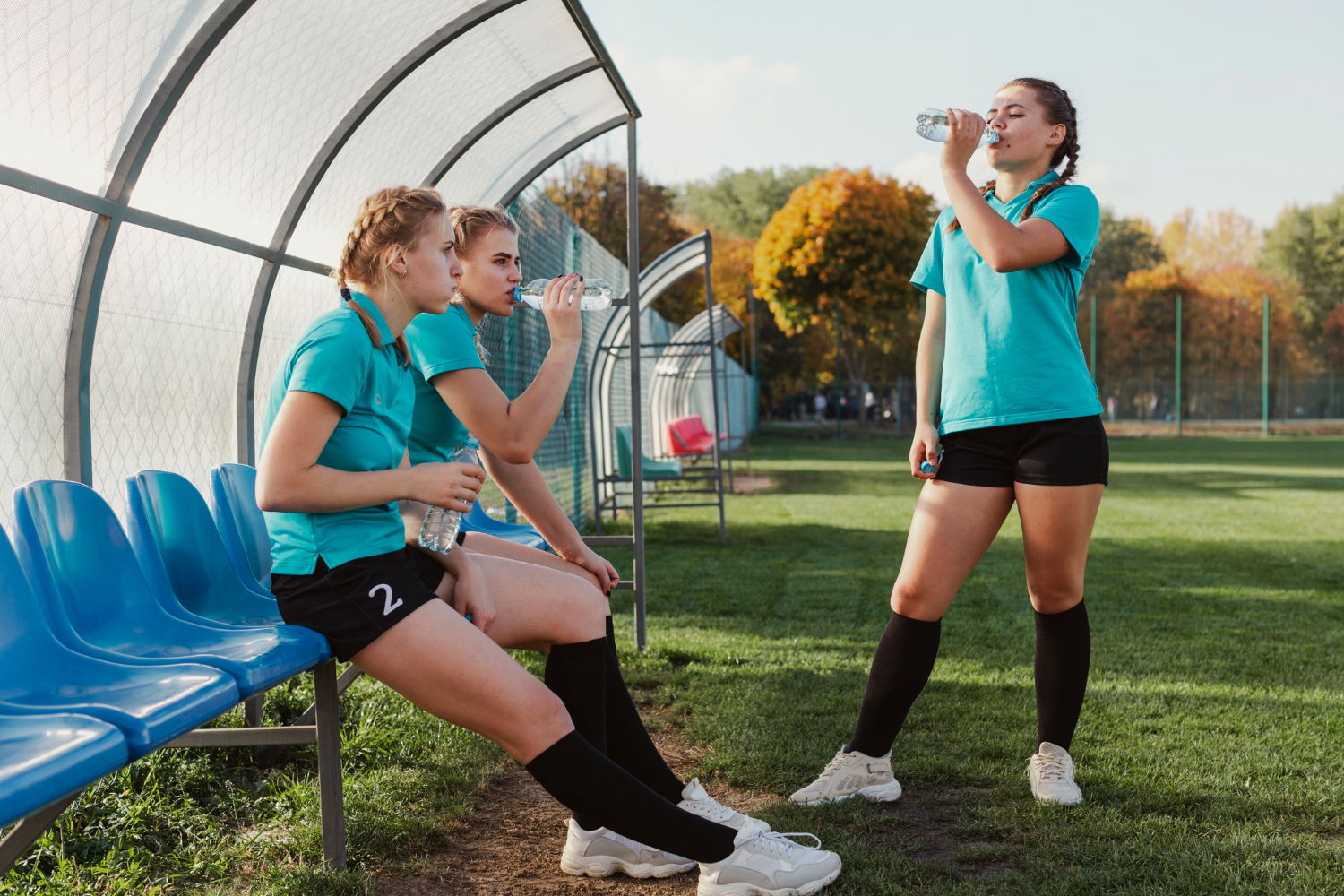How to Get Top Marks in Your IB SEHS Internal Assessment (IA)

Writing the IB SEHS Internal Assessment can seem like a big task. There is a lot of content to cover, the expectations are clear, and it can be difficult to know where to begin. Many students worry about whether their investigation will be too technical or not focused enough. If this sounds familiar, you are not alone.
With a solid plan, careful organisation, and a few proven tips, the IA can become an opportunity to show your best work. This article will guide you step by step on how to get a 7 in your IB SEHS IA.
Introduction
The IB Sports, Exercise and Health Science (SEHS) Internal Assessment is a key piece of coursework that makes up a large part of your final grade. It tests your knowledge and ability to design, carry out, and communicate a scientific investigation. For many students, it is their first experience managing a research question, collecting and analysing data, and presenting findings in a formal scientific format.
Because the IA can feel overwhelming, having a clear plan is essential. This guide explains what the IA involves, what examiners expect, how to choose a strong research question, and how to structure your work. It also offers practical IB SEHS IA tips, marking criteria breakdowns, and examples to help you aim for top marks.
What Is the Internal Assessment in IB SEHS?
The Internal Assessment is one of the most important components of the IB SEHS course and plays a central role in your overall achievement.
Purpose and weight in final grade
The Internal Assessment (IA) in IB SEHS is an open-ended scientific investigation where you explore a research question of your own choice. The maximum length is 3,200 words according to the IB subject brief. It makes up 24% of your final grade, which means it has a significant impact on whether you end up with a 5, 6, or the coveted 7.
Unlike written exams, the IA is your chance to demonstrate independent thinking, scientific curiosity, and a hands-on approach to problem-solving. It’s less about memorising definitions and more about applying science to a practical investigation.
Skills evaluated through the IA
The IA tests a broad set of skills that go beyond factual knowledge. You’ll be assessed on:
- Research and inquiry skills: Can you ask a focused, relevant question and design an investigation around it?
- Practical and analytical skills: Can you collect valid data, use tools and technology correctly, and process the results?
- Critical thinking: Can you evaluate your methods, discuss limitations, and connect your findings to the wider context of sports, health, or exercise science?
- Communication: Can you present your work in a clear, well-structured, and scientifically accurate way?
The IA is both a challenge and an opportunity. It allows you to show how well you can apply science in practice and provides a valuable chance to boost your overall grade.

Understanding the IB SEHS IA Criteria
The IA is marked out of 24. The criteria are strict, and each one requires specific attention. Let’s look at them one by one.
Personal engagement
This part is about showing genuine interest in your Sports, Exercise and Health Science IA topic. You only get 2 marks here, but they matter. Examiners want to see why you cared about your chosen research question and how your own curiosity shaped the investigation. Mention your motivation in the introduction and reflect on it in the conclusion.
Exploration
This criterion, worth 6 marks, focuses on the quality of your research design. Did you clearly identify your independent and dependent variables? Were other variables effectively controlled throughout the investigation? Have you selected valid methods of measurement? A strong IA shows careful planning and justifies why you chose your specific approach.
Analysis and evaluation
Together, these account for 12 marks (6 for analysis, 6 for evaluation). For analysis, you need to process your data correctly, use appropriate statistical methods, and present your results clearly in tables or graphs.
For evaluation, you need to consider limitations, errors, and the reliability of your findings. Examiners reward honest reflection here rather than pretending your experiment was perfect.
Communication
Finally, 4 marks are awarded for how well you communicate. This includes structure, clarity, correct scientific language, and accurate referencing. A well-presented IA that’s easy to follow can make the difference between a 6 and a 7.
By keeping these criteria in mind throughout your investigation, you can focus your efforts where they matter most and give yourself the best chance of earning top marks in your IB SEHS IA.
Need help with this subject?
100 % of tutors are certified teachers and examiners
Choosing the Right IA Research Question
One of the biggest mistakes students make is starting with a vague or overly ambitious question. The best IB SEHS IA research question is specific, measurable, and directly tied to the syllabus.
Examples of strong vs weak questions
- Weak: How does diet affect performance in athletes?
- Strong: What is the effect of carbohydrate intake before a 5km run on split times in trained high school runners?
- Weak: How does stress affect sports performance?
- Strong: How does a 5-minute mindfulness session before free throws affect accuracy in high school basketball players?
Notice that the strong examples are narrower, measurable, and realistic within school resources.
Linking the question to syllabus content
Every IA must connect to the IB SEHS syllabus. That means your question should fall under themes like exercise physiology, biomechanics, nutrition, sports psychology, or motor learning. Linking your research directly to these areas makes the project relevant and ensures you’ll have enough theory to discuss in your background and evaluation sections.
A well-chosen research question sets the foundation for your entire investigation and makes it much easier to meet the IB SEHS IA marking criteria.
Aligning Your IA with SEHS Core Themes
The SEHS course has three major themes: exercise physiology and nutrition, biomechanics, and sports psychology with motor learning. Your IA should show awareness of these themes and how they interact.
Incorporating the Nature of Science
The IB expects you to show a strong understanding of the nature of science throughout your IA. This involves:
- Designing fair tests with clear controls that allow valid comparisons
- Acknowledging uncertainty and identifying possible sources of error in your data
- Reflecting on how these limitations affect your results and conclusions
- Considering ethical, cultural, and social factors, especially when human participants are involved
Demonstrating Approaches to Learning (ATL)
Approaches to Learning (ATL) skills are central to the IB and should be visible in your IA. You can demonstrate these by:
- Research skills: Conducting a thorough literature review and using credible sources
- Thinking skills: Interpreting data carefully and drawing logical, evidence-based conclusions
- Communication skills: Explaining your methods and findings clearly with tables, graphs, and precise language
- Self-management: Staying organised, meeting deadlines, and keeping within the word limit
Highlighting SEHS Skills in the Investigation
Your IA should also highlight SEHS-specific skills to show examiners that you can apply your subject knowledge in practice. Examples include:
- Applying biomechanics to analyse movement patterns or techniques
- Using physiological data such as heart rate, VO2 max, or recovery rates to support your findings
- Drawing on sports psychology concepts like motivation, stress, or motor learning to connect your results with theory
By showing clear links to SEHS core themes and skills, your IA will feel more focused, relevant, and convincing to examiners.

How to Structure Your SEHS IA
A good structure will help you stay on track and make your work easier for examiners to follow. Sticking to a clear format also shows that you can communicate your ideas logically and professionally.
Introduction, method, results, discussion, conclusion
Here’s a simple structure you can follow:
Introduction
- Present your research question clearly and directly
- Provide background context and relevant theory from the SEHS syllabus
- Explain why the question is significant in a sports, health, or exercise context
Method
- Describe participants, materials, and procedures in enough detail for replication
- Identify independent, dependent, and controlled variables
- Justify your chosen methodology and explain why it is reliable and ethical
Results
- Present raw data neatly in tables with correct units
- Show processed data in graphs or charts that highlight patterns
- Include statistical tests where relevant and explain why you used them
Discussion
- Interpret your findings and link them back to the research question
- Compare with existing studies, theories, or data from reliable sources
- Discuss limitations, possible sources of error, and realistic improvements
Conclusion
- Summarise your main findings without repeating all the data
- State clearly whether your hypothesis was supported or not
- Reflect on the implications in the wider context of sports, exercise, or health science
A clear structure keeps your writing focused and helps examiners see the quality of your research and award marks more confidently.
Common formatting and citation tips
A good presentation makes your IA easier to read and ensures you meet IB requirements. Keep these points in mind as you finalise your work:
- Stick to the maximum word count (3,200 words).
- Use a consistent referencing style such as APA or MLA.
- Label all tables and figures clearly.
- Use headings and subheadings for clarity.
- Check grammar and spelling carefully before submission.
Paying attention to these details will make your IA look professional and help you avoid losing marks for simple mistakes.
Final Checklist Before Submission
Before you hand in your IA, go through this checklist to make sure nothing important has been overlooked:
- Have I clearly stated and focused my research question? A precise question sets the direction of your entire investigation.
- Does my IA show personal engagement with the topic? Examiners want to see why the study matters to you and how your interest shaped the work.
- Are my methods appropriate, justified, and replicable? Make sure someone else could repeat your experiment using your description.
- Have I presented data clearly with tables, graphs, and statistics? Results should be easy to follow, well-labelled, and include correct units.
- Did I interpret my findings in relation to theory and other studies? Link your results back to the SEHS syllabus and existing scientific literature.
- Have I reflected honestly on limitations and improvements? Recognise weaknesses in your design and explain how future studies could be strengthened.
- Is my IA well-structured, referenced, and free of errors? Proofreading is essential for clarity and professionalism.
- Does my IA align with the marking criteria? Check that every section contributes to the requirements for personal engagement, exploration, analysis, evaluation, and communication.
Taking time to check each of these points can give your IA a final polish, reduce careless mistakes, and help you gain the marks you deserve.
Conclusion
The IB SEHS Internal Assessment is challenging but rewarding. It gives you the chance to investigate a topic that interests you while applying real scientific methods. Success comes from understanding the marking criteria, asking a strong research question, connecting your work to SEHS themes, and keeping to a clear structure.
Earning top marks is less about luck and more about careful planning, steady effort, and clear presentation. By following the guidance in this article and staying consistent with your research and writing, you’ll put yourself in a strong position to achieve the grade you want.
Ready to book a free trial to see how we can help you with your IB SEHS Internal Assessment (IA)? Contact us at +41 22 731 8148 or to get started.
By Sara Lloyd
Sara has been an education consultant for TutorsPlus for 15 years, and is an expert on international IB education. She is also a parent of two lively children.















